The official WDF dartboard dimension specifications mandate a precise setup: the board’s center bullseye must hang 5 feet 8 inches (1.73 meters) from the floor, and the oche (throwing line) should be positioned 7 feet 9.25 inches (2.37 meters) away horizontally. This article will delve into these specific measurements, their importance in gameplay, and other factors influencing a proper dartboard setup.
⚠️ Still Using Pen & Paper (or a Chalkboard)?! ⚠️
Step into the future! The Dart Counter App handles all the scoring, suggests checkouts, and tracks your stats automatically. It's easier than you think!
Try the Smart Dart Counter App FREE!Ready for an upgrade? Click above!
Understanding WDF Dartboard Dimension Specifications
The World Dart Federation (WDF) sets the standard for professional darts, and adhering to their dartboard dimension specifications is crucial for fair and consistent play. These specifications aren’t arbitrary; they’re the result of years of refinement, designed to create a level playing field for all competitors. Understanding these dimensions is essential not only for competitive players but also for casual players looking to replicate a professional dart-playing experience.
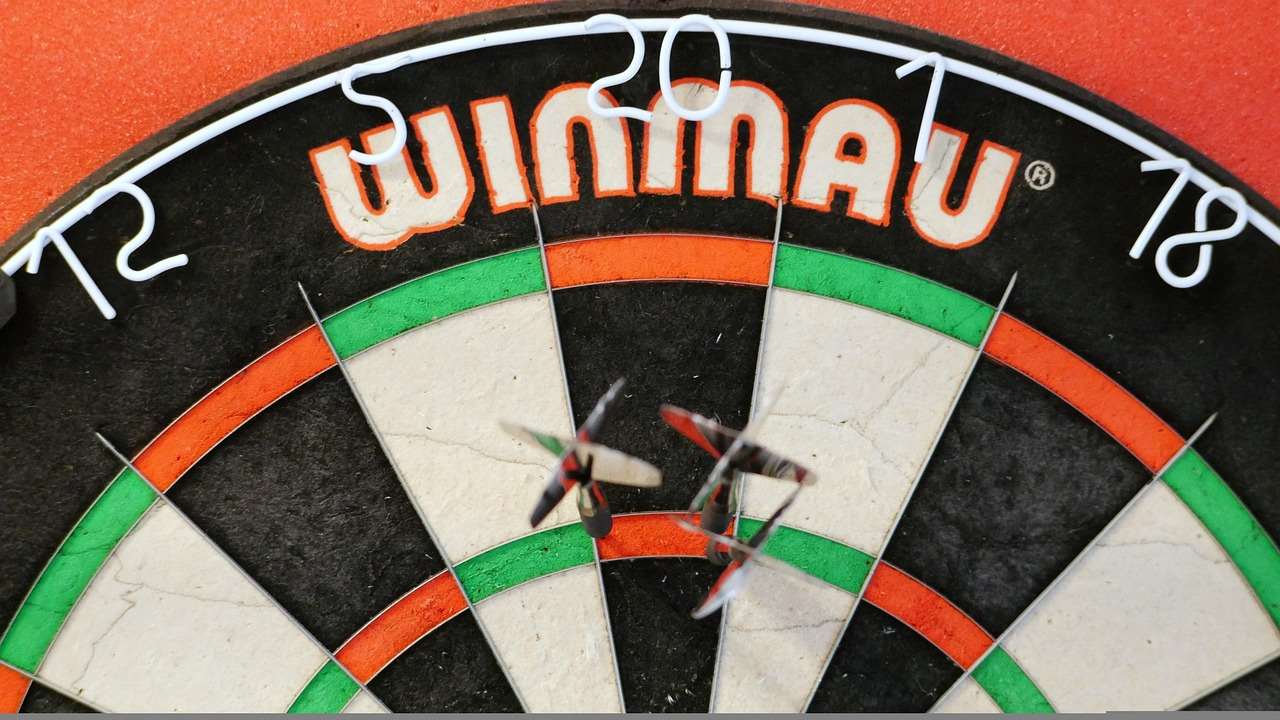
When we talk about dartboard dimension specifications, we’re primarily concerned with two key measurements: the height of the board and the distance to the throwing line, or **oche**. Let’s break down each of these in detail:
Dartboard Height: The Bullseye’s Elevation
The official height of the dartboard is measured from the floor to the center of the bullseye. According to the WDF, this distance should be exactly 5 feet 8 inches (1.73 meters). This height is consistent across all WDF-sanctioned tournaments and is considered the standard for competitive darts.
Oche Distance: The Throwing Line’s Placement
The oche, or throwing line, dictates the distance players must stand from the dartboard when throwing their darts. The WDF specifies that the front of the oche must be 7 feet 9.25 inches (2.37 meters) from the face of the dartboard. This measurement ensures that players have a consistent throwing distance, preventing any unfair advantages. Understanding Basic Darts Fundamentals for Beginners will further refine your technique.
Why Adhering to WDF Standards Matters
Sticking to the WDF dartboard dimension specifications isn’t just about following rules; it significantly impacts the game itself. Here’s why:
- Consistency: Standardized dimensions ensure that players can practice and compete on any board with the confidence that the conditions are the same.
- Fairness: Equal dimensions eliminate potential advantages or disadvantages based on the setup of the dartboard.
- Skill Development: Practicing with correct dimensions helps develop muscle memory and consistent throwing techniques, leading to improved performance.
- Official Recognition: If you plan to participate in any WDF-sanctioned events, adhering to these standards is mandatory.
Setting Up Your Dartboard According to WDF Specs: A Step-by-Step Guide
Now that you understand the importance of WDF dartboard dimension specifications, let’s look at how to set up your dartboard correctly:
- Gather Your Tools: You’ll need a measuring tape, level, pencil, and possibly a drill with appropriate screws or mounting hardware.
- Find the Right Location: Choose a location with ample space, free from obstructions, and with good lighting. Ensure there is enough room behind the oche for comfortable throwing.
- Mark the Bullseye Height: Measure 5 feet 8 inches (1.73 meters) from the floor and mark this point on the wall. This is where the center of your dartboard will be.
- Mount the Dartboard: Using the manufacturer’s instructions, securely mount the dartboard so that the bullseye aligns with the mark you made in the previous step. Use a level to ensure the board is perfectly vertical.
- Measure the Oche Distance: Measure 7 feet 9.25 inches (2.37 meters) horizontally from the face of the dartboard and mark this point on the floor. This is where the front of the oche will be.
- Install the Oche: Place a physical oche (a raised line or piece of wood) at the marked point. This can be a commercially available oche or a simple piece of tape.
- Double-Check Your Measurements: Before you start playing, double-check all your measurements to ensure accuracy. Small discrepancies can significantly affect your game.
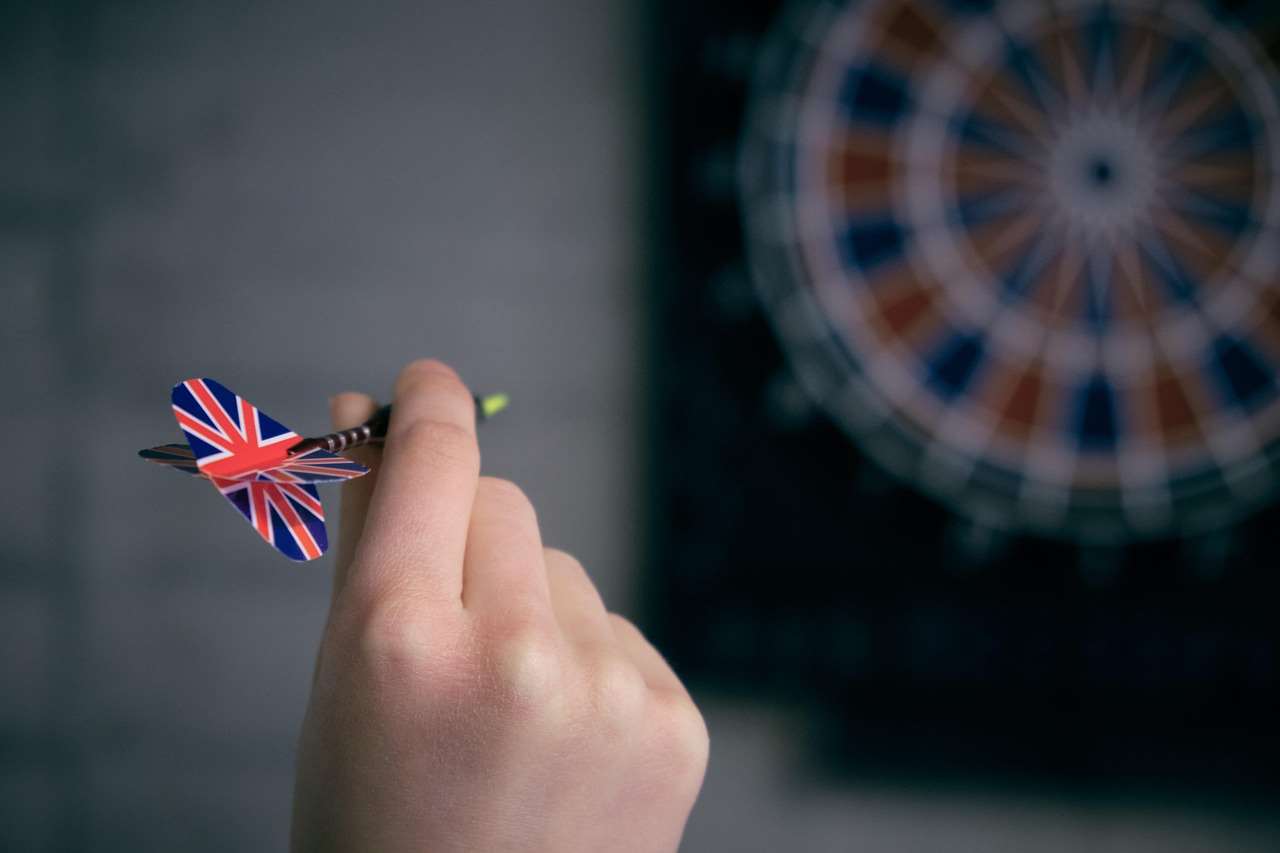
Factors Affecting Dartboard Setup Beyond Dimensions
While the WDF dartboard dimension specifications are paramount, other factors contribute to an ideal setup:
- Lighting: Good lighting is crucial for visibility and accuracy. Position lights above or around the dartboard to eliminate shadows.
- Surround: A dartboard surround protects the surrounding wall from stray darts and can also enhance the aesthetic appeal of your setup.
- Dartboard Quality: Invest in a high-quality sisal dartboard for durability and optimal performance. A good board will have tightly packed fibers that heal quickly after being struck by a dart.
- Wall Protection: Even with a surround, consider adding extra protection to the wall behind the dartboard to prevent damage from bounce-outs.
Common Mistakes to Avoid When Setting Up Your Dartboard
Avoid these common pitfalls to ensure your dartboard setup meets WDF dartboard dimension specifications and provides the best possible playing experience:
- Inaccurate Measurements: Double-check all measurements carefully. Even a small error can throw off your game.
- Unlevel Dartboard: Use a level to ensure the dartboard is perfectly vertical. A tilted board will affect the trajectory of your darts.
- Insecure Mounting: Make sure the dartboard is securely mounted to the wall. A wobbly board is distracting and can be dangerous.
- Poor Lighting: Avoid placing the dartboard in a dimly lit area or where shadows obscure the target.
- Neglecting Wall Protection: Protect your walls from stray darts by using a surround or other form of protection.
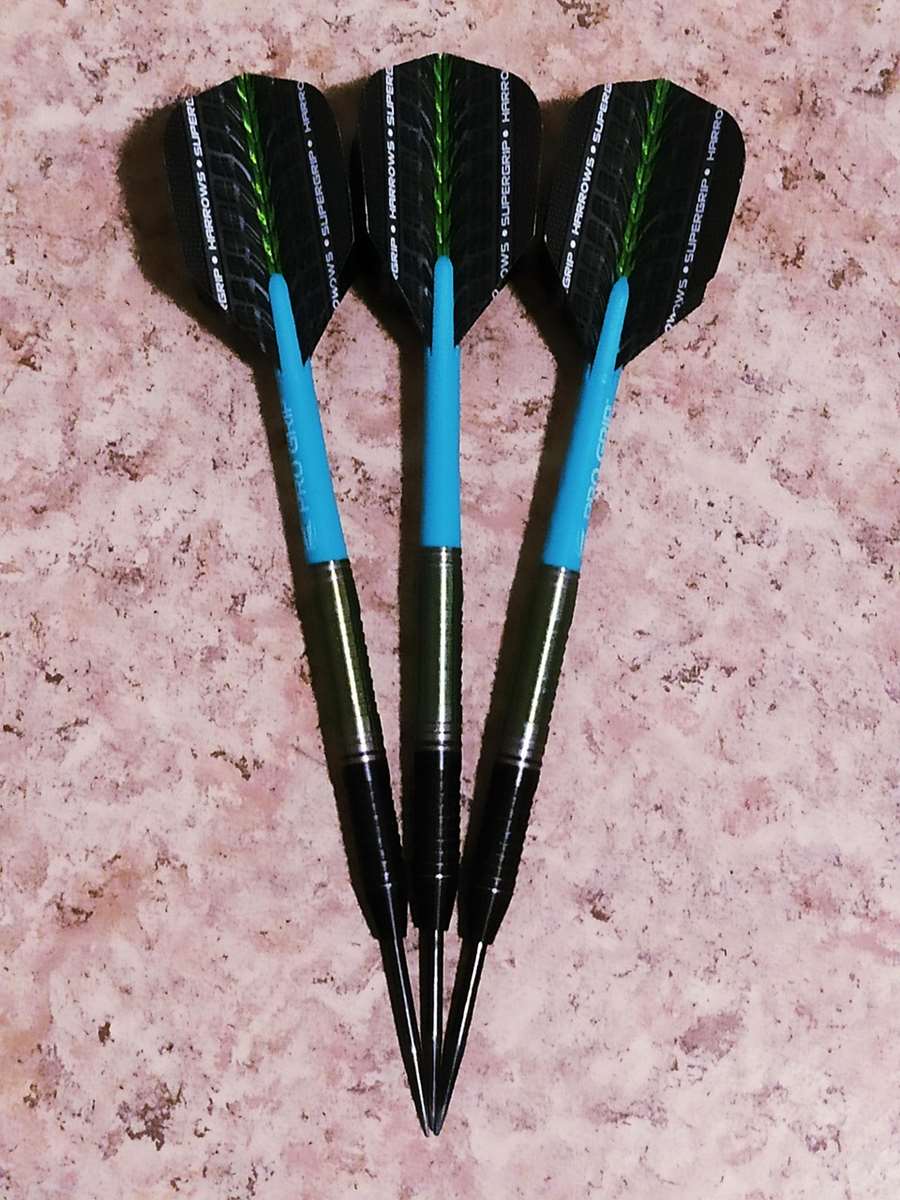
Optimizing Your Darting Experience
Beyond adhering to WDF dartboard dimension specifications, there are several other ways to optimize your darting experience:
- Dart Weight and Grip: Experiment with different dart weights and grips to find what works best for you. A comfortable and consistent grip is essential for accuracy.
- Stance and Throwing Technique: Develop a consistent stance and throwing technique. Practice regularly to refine your technique and improve your accuracy. Consider watching videos or seeking guidance from experienced players.
- Proper Footwear: Wear comfortable shoes that provide good support and stability.
- Practice Regularly: The more you practice, the better you will become. Set aside regular practice time to hone your skills.
- Vary Your Practice: Don’t just focus on hitting the bullseye. Practice throwing at different targets on the board to improve your overall accuracy. You might consider Fun dart game variations with modified rules to make practice more engaging.
Remember to consider things such as Adapting darts rules for small spaces: tips and tricks if you have a small room.
Maintaining Your Dartboard for Longevity
Proper maintenance is essential for extending the life of your dartboard. Here are some tips:
- Rotate the Dartboard Regularly: Rotating the dartboard helps to distribute wear evenly and prevents certain areas from becoming overly worn.
- Remove Darts Carefully: Avoid twisting or pulling darts out of the board. Use a dart puller to remove darts gently and prevent damage to the sisal fibers.
- Keep the Dartboard Clean: Use a soft brush to remove dust and debris from the dartboard. Avoid using liquids or cleaning solutions.
- Control Humidity: Excessive humidity can damage the sisal fibers of the dartboard. Keep the dartboard in a dry, well-ventilated area.
Alternative Dartboard Setups and Considerations
While adhering to WDF dartboard dimension specifications is ideal, there may be situations where alternative setups are necessary. For example:
- Limited Space: If you have limited space, you may need to adjust the oche distance slightly. However, try to maintain the correct height whenever possible.
- Accessibility: For players with disabilities, you may need to adjust the height of the dartboard or the oche distance to accommodate their needs.
- Casual Play: For casual play, you may not need to be as strict about the dimensions. However, it’s still a good idea to aim for the correct measurements as closely as possible.
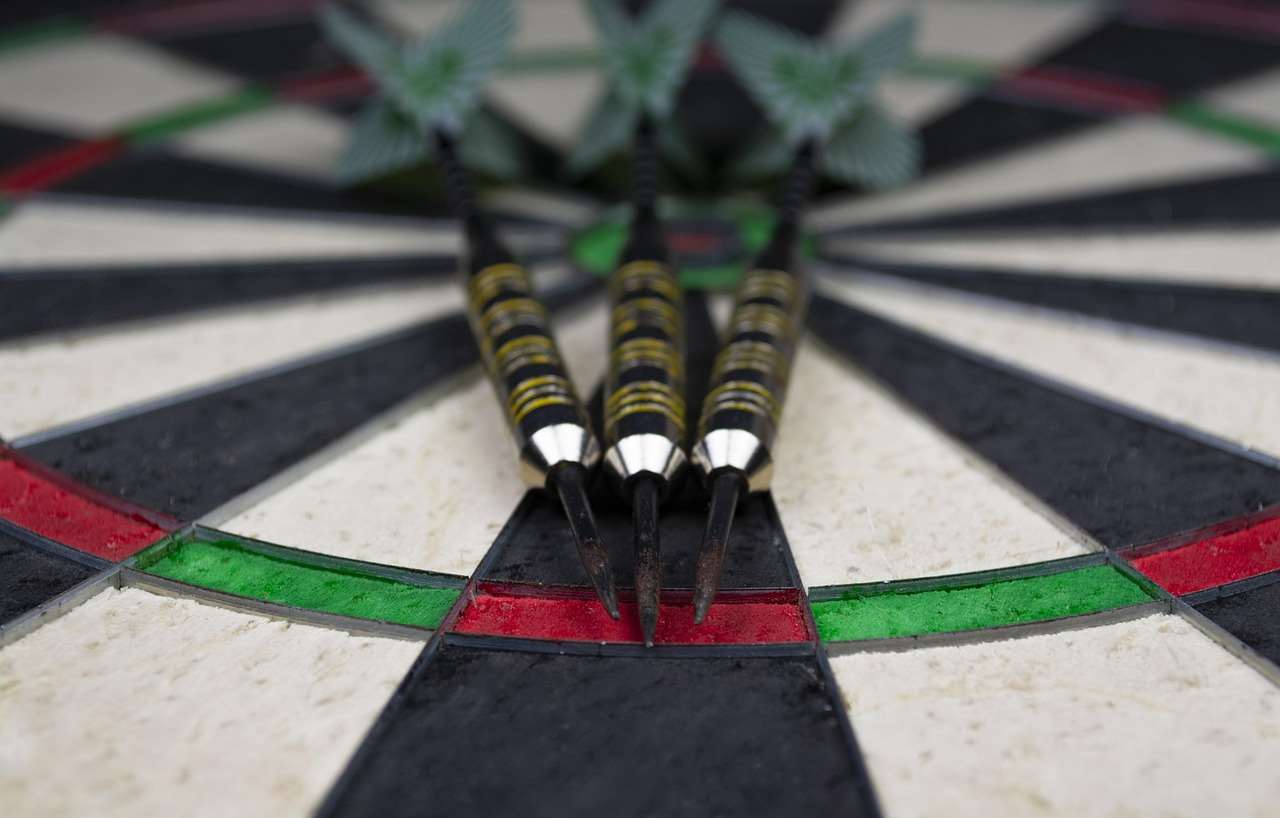
Even if you’re modifying your setup, it’s helpful to understand How to make darts fairer with handicap rules to ensure everyone has an enjoyable experience. The dimensions play a crucial role in game fairness.
The Evolution of Dartboard Standards
The WDF dartboard dimension specifications have evolved over time, reflecting the changing needs and expectations of the sport. While the core measurements have remained relatively consistent, there have been adjustments to other aspects of the game, such as the rules and regulations. Staying up-to-date on the latest standards is essential for competitive players.
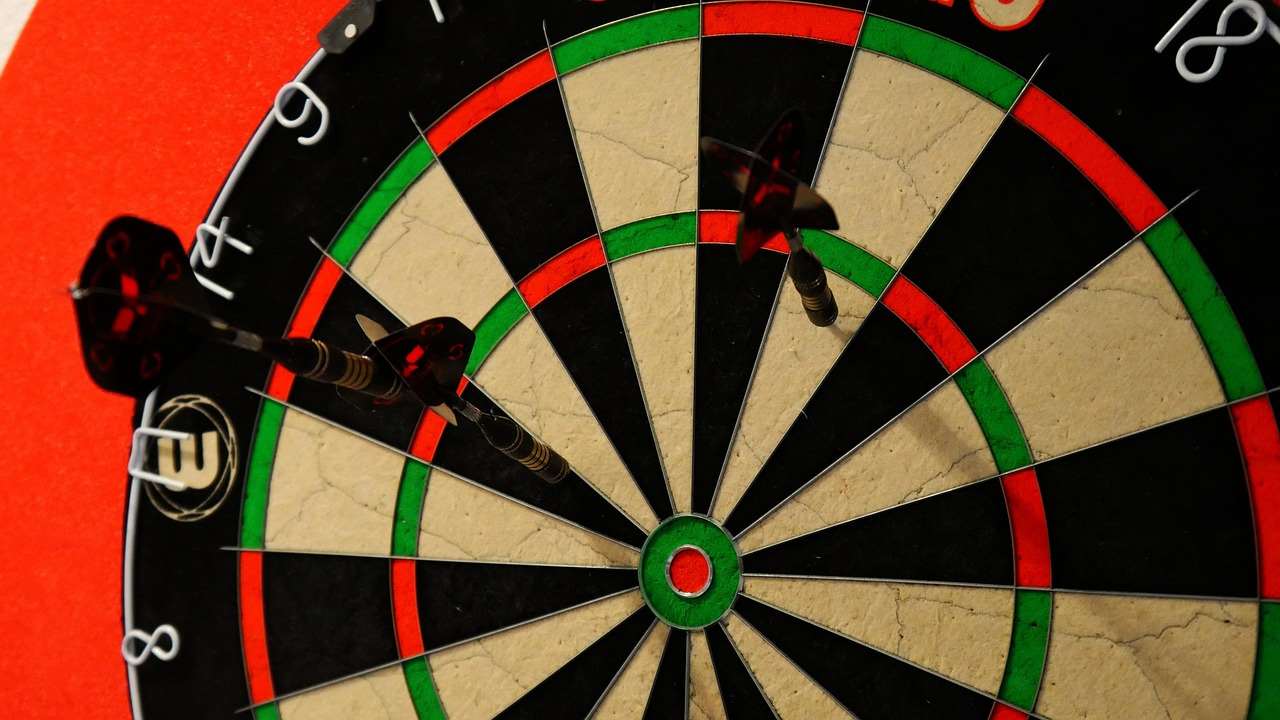
Whether you are involved in Modifying rules for mixed-level dart players to make the game more appealing, or sticking to the proper setups, understanding the WDF is key.
Conclusion
Understanding and adhering to the WDF dartboard dimension specifications is paramount for anyone serious about darts. The correct height of 5 feet 8 inches (1.73 meters) to the bullseye and the oche distance of 7 feet 9.25 inches (2.37 meters) are fundamental to fair play, consistent performance, and enjoyment of the game. By following the guidelines outlined in this article, you can ensure that your dartboard setup meets professional standards and provides the best possible darting experience. Now, grab your darts, measure your setup, and start practicing! Aim for the bullseye!
Hi, I’m Dieter, and I created Dartcounter (Dartcounterapp.com). My motivation wasn’t being a darts expert – quite the opposite! When I first started playing, I loved the game but found keeping accurate scores and tracking stats difficult and distracting.
I figured I couldn’t be the only one struggling with this. So, I decided to build a solution: an easy-to-use application that everyone, no matter their experience level, could use to manage scoring effortlessly.
My goal for Dartcounter was simple: let the app handle the numbers – the scoring, the averages, the stats, even checkout suggestions – so players could focus purely on their throw and enjoying the game. It began as a way to solve my own beginner’s problem, and I’m thrilled it has grown into a helpful tool for the wider darts community.